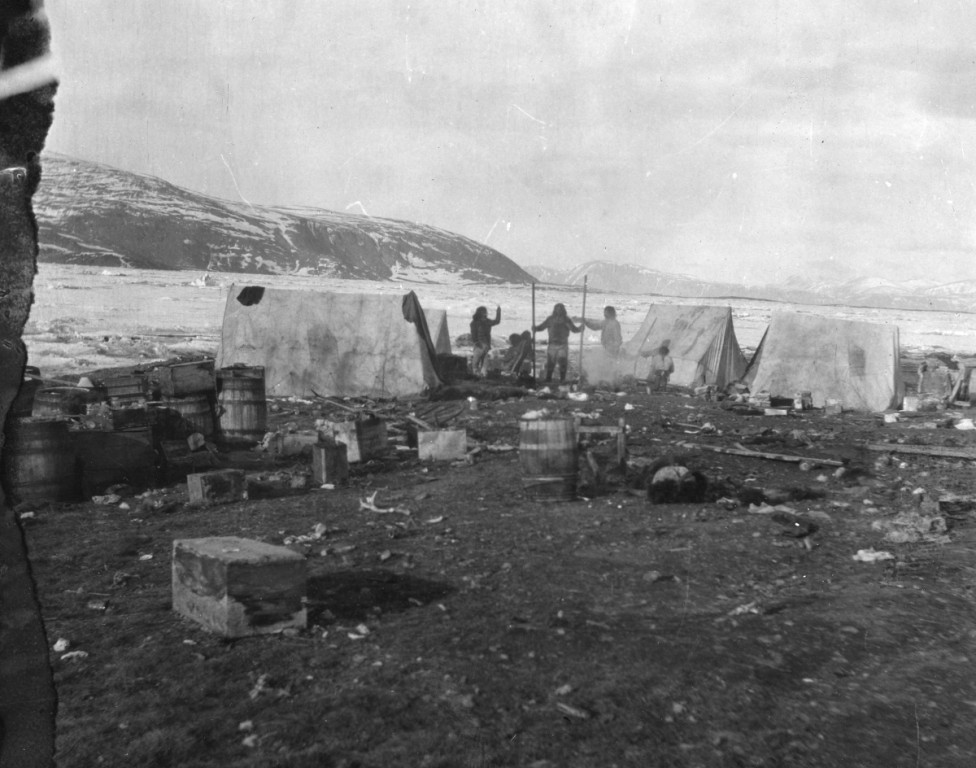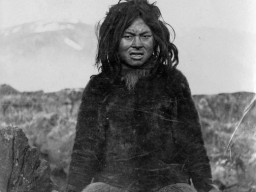What is Traditional Inuit Knowledge?
While often passed down from one generation to the next, Inuit knowledge is not traditional in the sense of unchanging. Rather, it is knowledge that is inherited but also reinforced, revised and updated in dynamic interaction with the environment.
In Nunavut today, traditional knowledge is formally referred to as Inuit Qaujimajatuqangit. The Qikiqtani Inuit Association describes Inuit Qaujimajatuqangit as “a body of knowledge and unique cultural insights of Inuit into the workings of nature, humans and animals.”
The rigorous arctic environment demands alertness, flexibility, resourcefulness, and adaptability of human populations who live there, both today and in the past. This is especially true of Inuit and earlier Aboriginal groups relying upon the region’s natural resource base.
The arctic’s animal populations tend to be few and far between. Spread out over large distances, animals must roam over vast distances in search of food. In turn, Inuit relying on animal resources for food and materials historically needed to observe and learn the characteristics of each animal, their movements, migratory patterns, and typical foraging locations.
The Science of Inuit Traditional Knowledge
What is Western Science?
Western science, as practiced during the First International Polar Year (IPY), is generally associated with knowledge developed in Europe or countries settled by Europeans. It emerged during the scientific revolution of recent centuries. It has been one of the main ways of trying to know the world through the application of universal knowledge and theories. We associate it with careful empirical observations of testing of natural phenomena.
The application of Western scientific practices and theories to polar regions, as witnessed in the First International Polar Year, represents wide-ranging, coordinated, multinational efforts to develop knowledge to gain mastery over the natural environment. The knowledge derived from these approaches is often extracted and removed from the specific environments in which it is collected, to be integrated into larger bodies of knowledge by and for people in other regions and places.
What is Inuit Qaujimajatuqangiit (Ways of Knowing)?
Like Western science, Inuit traditional knowledge is also empirically based. It is grounded in the careful observation of natural phenomena, and it too seeks a kind of mastery of the environment. However, Inuit Qaujimajatuqangiit differs from Western science in several important ways. It is:
- Local in origin
- Developed to enable a more effective adaption to the environments in which Inuit live
- Not developed for the purposes of others outside the locality or region
-Participating nations in the first IPY, for example, felt that arctic and antarctic meteorology was key to understanding how similar processes working in other regions of the world - Used continually in day-to-day problem solving
- Applied on the spot - the knowledge is not taken away
- For both types of science to work, however, there is always a need to localize knowledge. It must be tested out at the places and in the environmental conditions in which it is acquired




